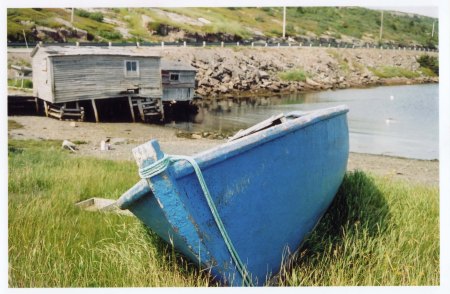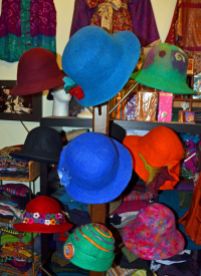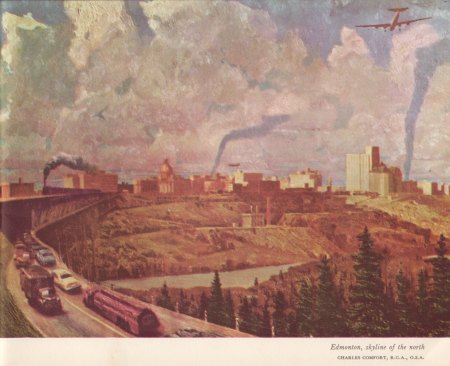
James Fowler “The Village, Toronto” (2017)
~
James Fowler’s non-traditional landscape paintings perfectly merge broad aerial-like vistas with a strong geometric and digital sensibility. His artwork hints at the methods of the nineteenth century pointillists and, of more contemporary vintage, Chuck Close’s “pixellated” portrait paintings. The result in Fowler’s talented hands and imagination is a distinctive abstract style of landscape that is slightly whimsical and very impressive.
As this Toronto-based artist notes on his websites’s artist statement, the idea, partly, is to convey the “lively feelings one gets when flying into a new big city for the first time, when we try to take everything in, or the lasting impressions stored in our memories of traveling anywhere far from home.” Well said! And he’s done this with cities throughout Canada, the United States and across the world, as indicated by the small sampling noted here.
More of Fowler’s vibrant work can be seen on his website here and on his Twitter feed here.

James Fowler, “8Bit Montreal” (2017)
~
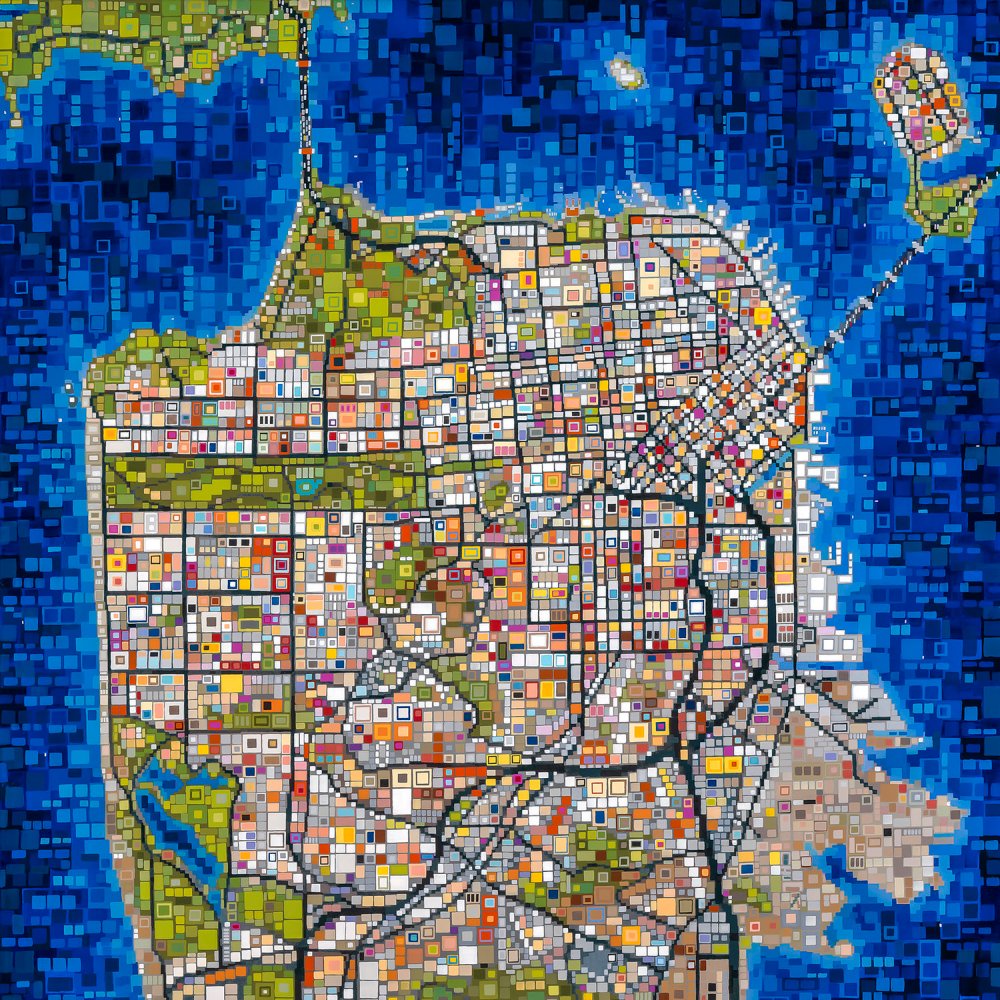
James Fowler, “San Francisco” (2016)
~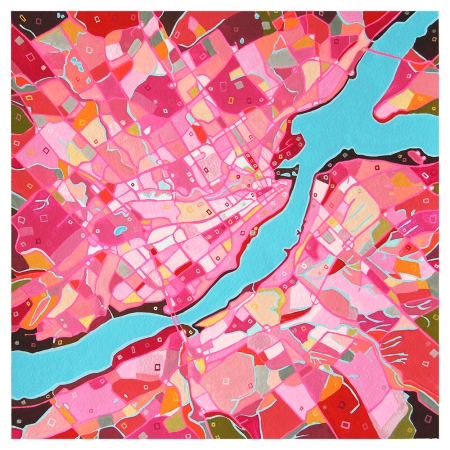
James Fowler, “Quebec City” (2019)
~

James Fowler, “Fredericton” (2018)
~
James Fowler, “Downtown, Kansas City” (2019)
(Image Credits: James Fowler)
Similar Posts on O’Canada:
• Artist to Appreciate: Katharine Burns
• Elyse Dodge’s Imaginative Geometric Landscapes
• Artist to Appreciate: Miyoshi Kondo

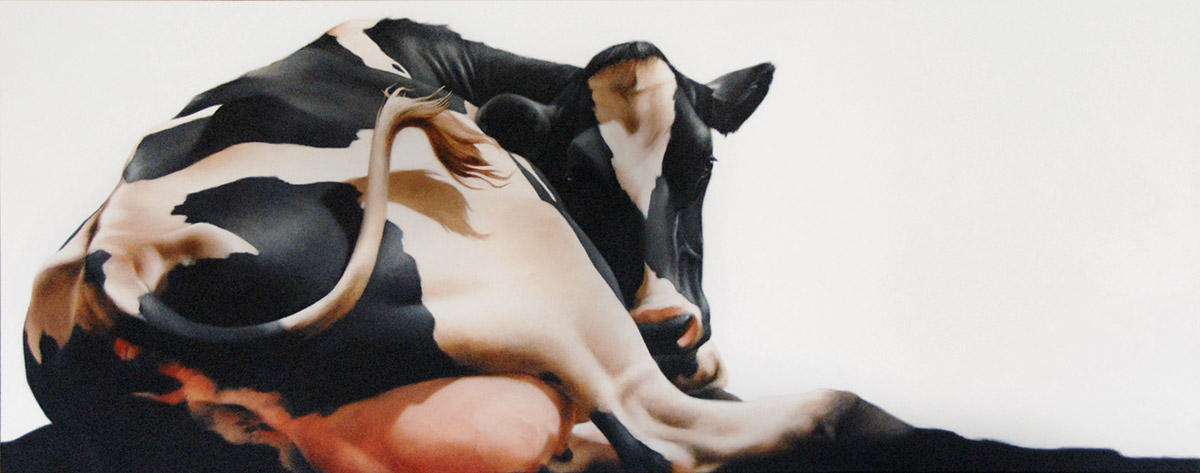
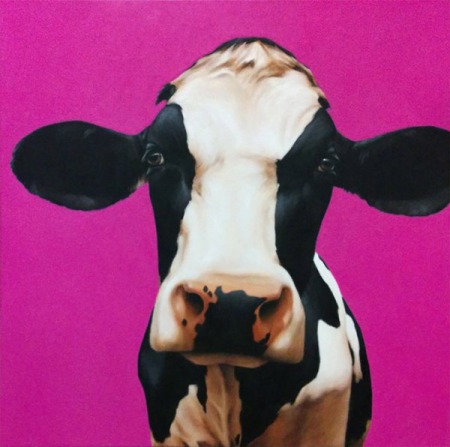
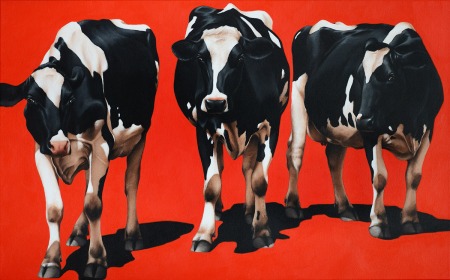

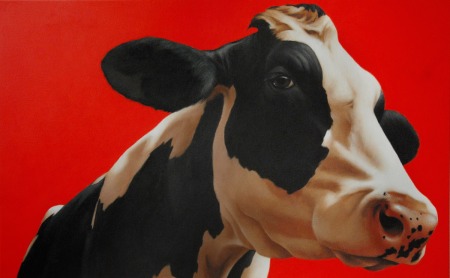
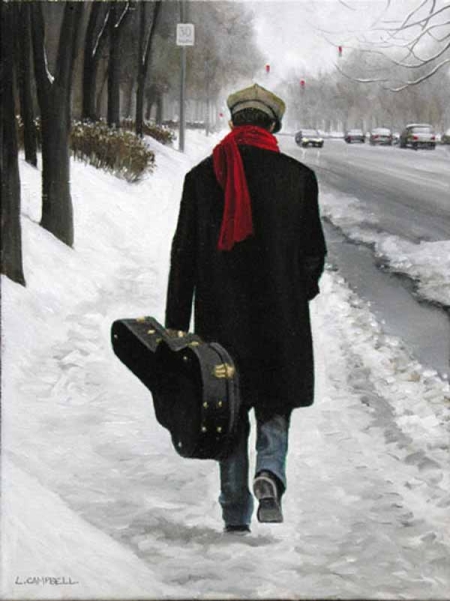

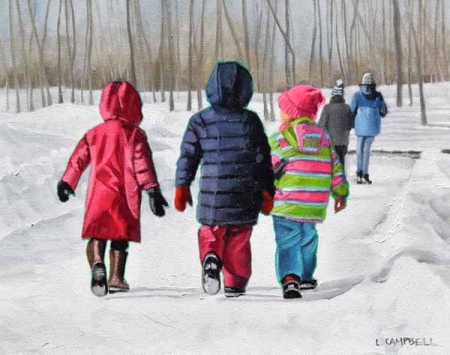



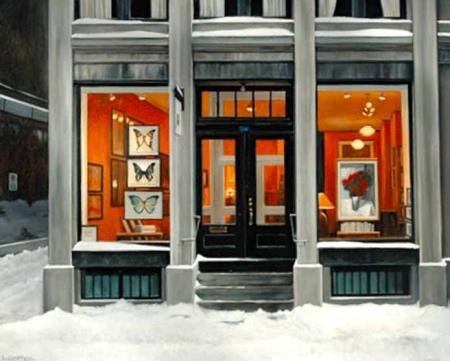





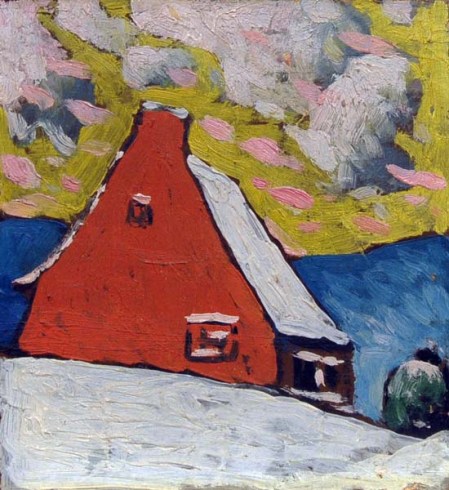

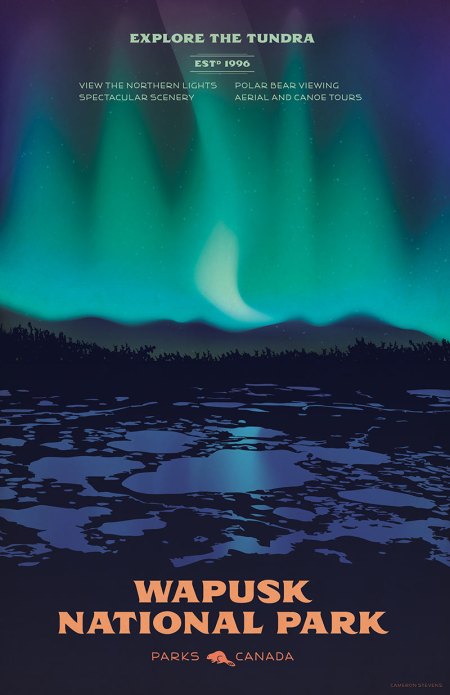









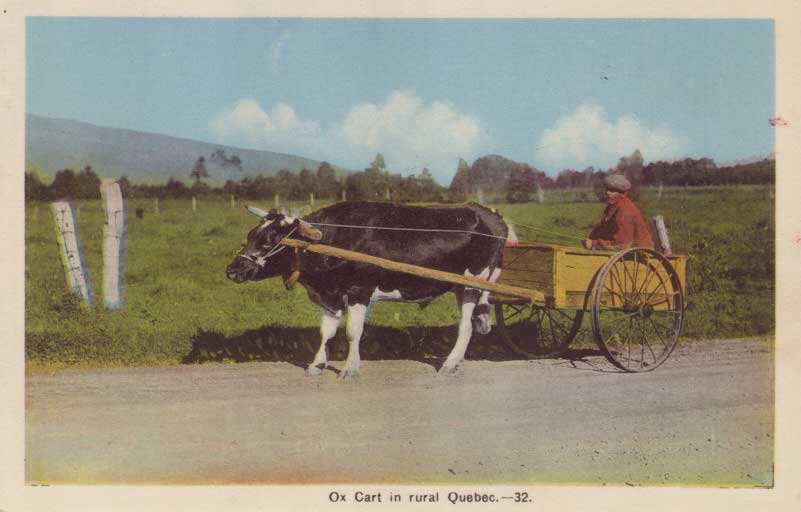

















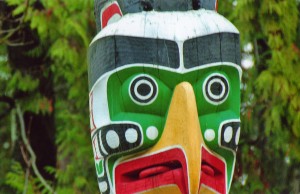

























 ~
~





















































